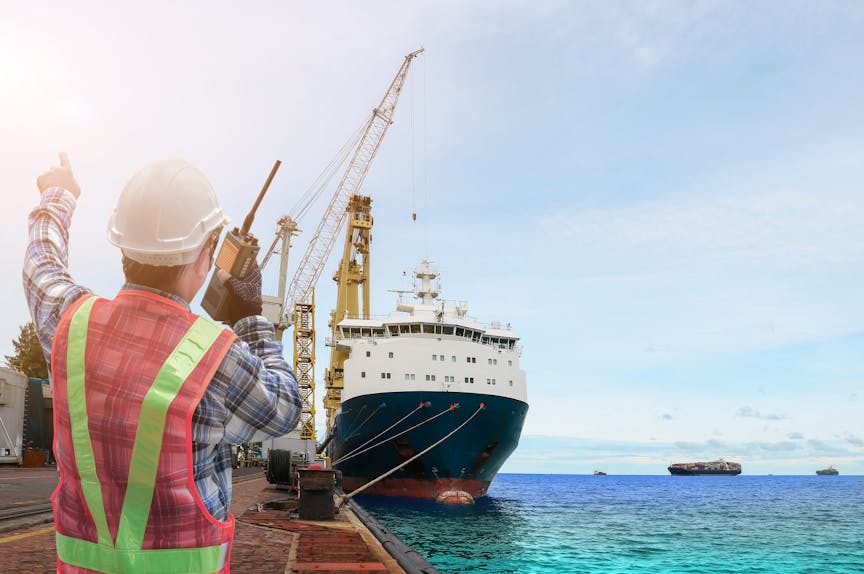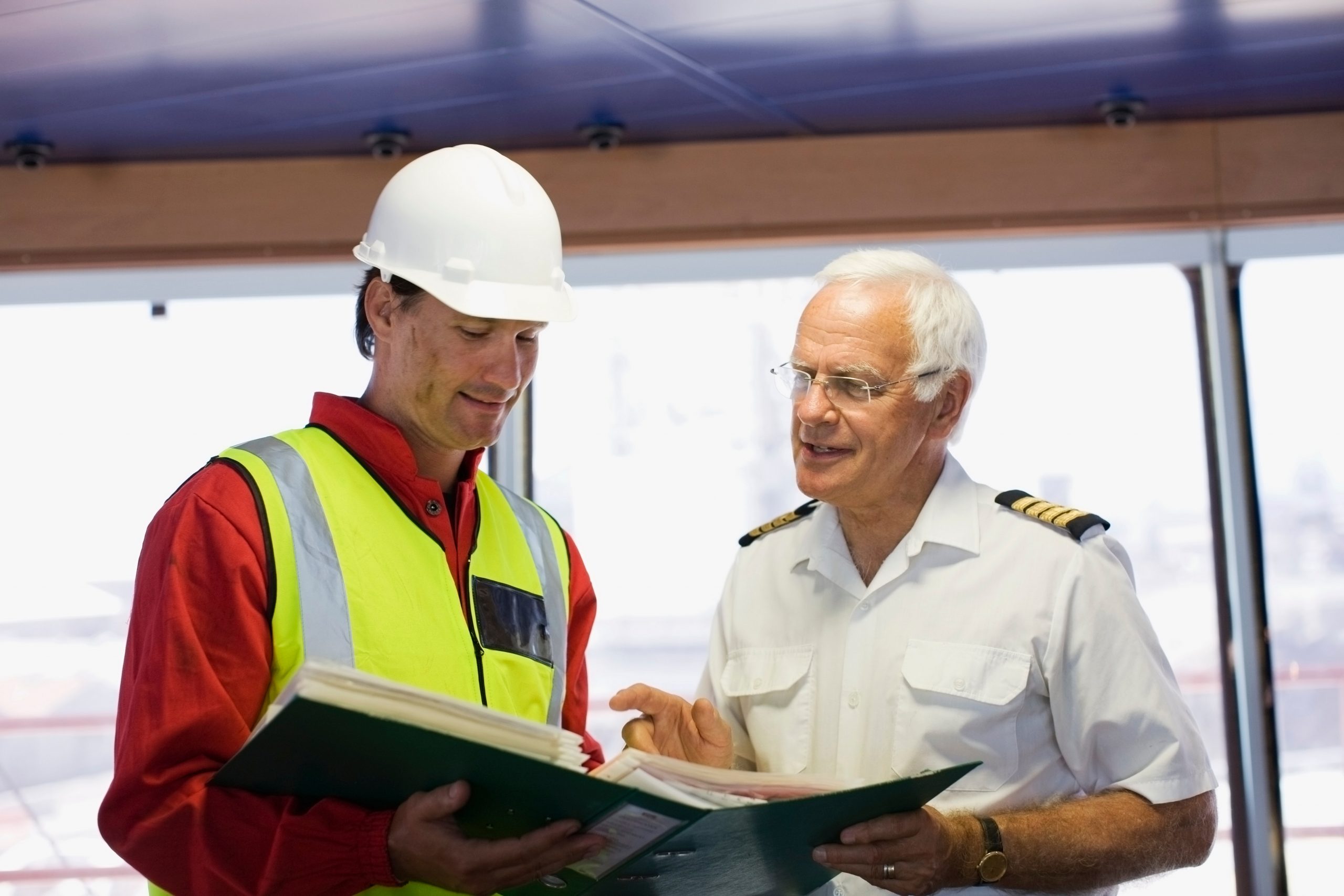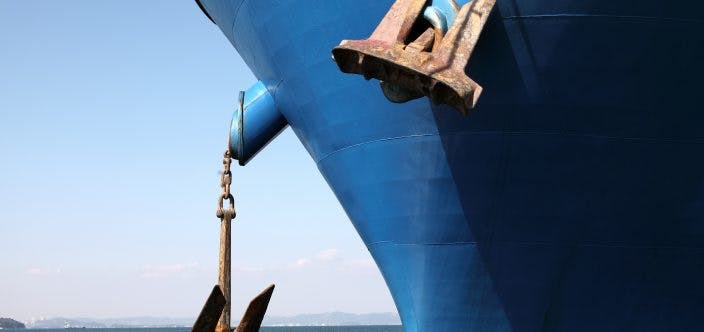Safety Culture – Culture for safety
Do you know why accidents happen in your company? Can you control your company’s risks?

In shipping operations, the human factor is the highest risk – and yet, no operations exist without humans. Since culture controls groups and individuals, managing behaviour and performance means managing their working culture. To decrease the likelihood of an accident, a crew should be alert and ready to take responsibility while prioritising safety. To increase safety, we must strengthen the culture that drives safety.
1. Emerging
There is some focus on technical safety solutions, but insufficient safety is not perceived as a central business risk. Safety only concerns the safety department. Other employees are not familiarized with safety issues.
What can we do to reach the next level?
- Start by assessing your company’s risks and analysing incidents. How have they happened? Why have they happened?
- Create a human-friendly near-miss report system and assist the crew in using it regularly.
- SMS should not only be about compliance; it should give clear guidelines for specific action in specific situations.
2. Managing
The organization understands that safety-breaching decisions lead to accidents and that focus across the board should be on preventing serious accidents. Errors lead to disciplinary action, but the prevalence of accidents is the same.
What can we do to reach the next level?
- Start involving the crew in safety questions.
- Provide the crew with instructive learning tools to help them update and refine their safety knowledge.
- Provide the crew with simple instructions and visualisations of essential safety routines.
3. Involving
Employees are involved to some degree in increasing safety, and the accident rate has declined. Emphasis is on personal responsibility and monitoring the crew’s safety performance.
What can we do to reach the next level?
- Invite all employees to come up with suggestions for increasing safety.
- Remember that boosting the well-being of the crew also boosts their motivation and performance. Map out how your crew is feeling.
- Keep in mind that leadership onboard affects crew motivation and performance overall. Raise leader awareness.
4. Co-operating
All employees understand the importance of operational safety and everyone is engaged in promoting safety. The whole organization tries to prevent accidents with proactive measures.
What can we do to reach the next level?
- Motivate the crew to come up with innovative ideas about safety. Place an innovation box in public areas?
- Involve the whole crew in brainstorming for safer operations. Hold workshops and briefings and communicate openly about near misses and prevention work.
- Revisit and analyse the results of the crew well-being assessment and make regular improvements for the crews’ well-being accordingly.
- Continue to monitor risks. Prioritize controlling and adjusting corresponding safety measures regularly.
5. Continually improving
No significant accidents occur. Safety has been thoroughly incorporated as a central value within the organization that continually monitors and adjusts its performance. Well-being is promoted as a critical aspect of safety.
 No just culture
No just culture
One-person responsibility – compliance is reached, but the attitude to safety is not collegial. E.g. the engineer does her rounds and carries out her duties according to the checklist – she does not react to weird sounds in the engine room, because that is not her job according to the list.
 Emerging just culture
Emerging just culture
The attitude in the crew to safety goes towards collegial. Individuals in crew take responsibility for their peers’ safety. They dare to speak up if they observe some safety risk in their working environment.
 Just culture
Just culture
The company’s responsibility – compliance is reached and the attitude towards safety is collegial. A just culture cannot exist through merely some individuals of the crew; it is a culture that must include the whole organisation to exist. E.g. a vessel run aground – instead of the company putting the blame direct on the captain – it looks through the systems, revising the routines so the danger could be detected in time and to see if there is a lesson learned that could make them avoid the situation in the future.





